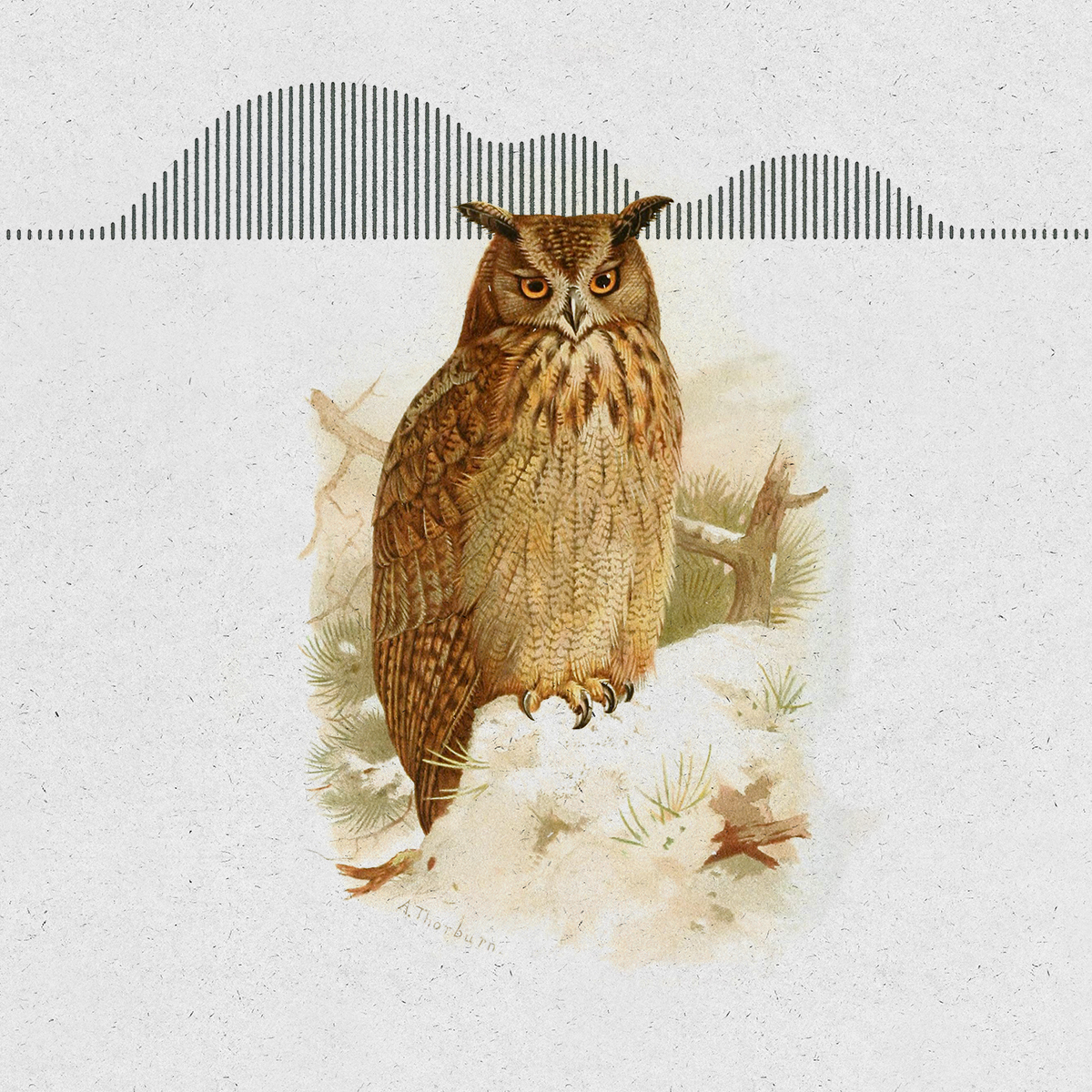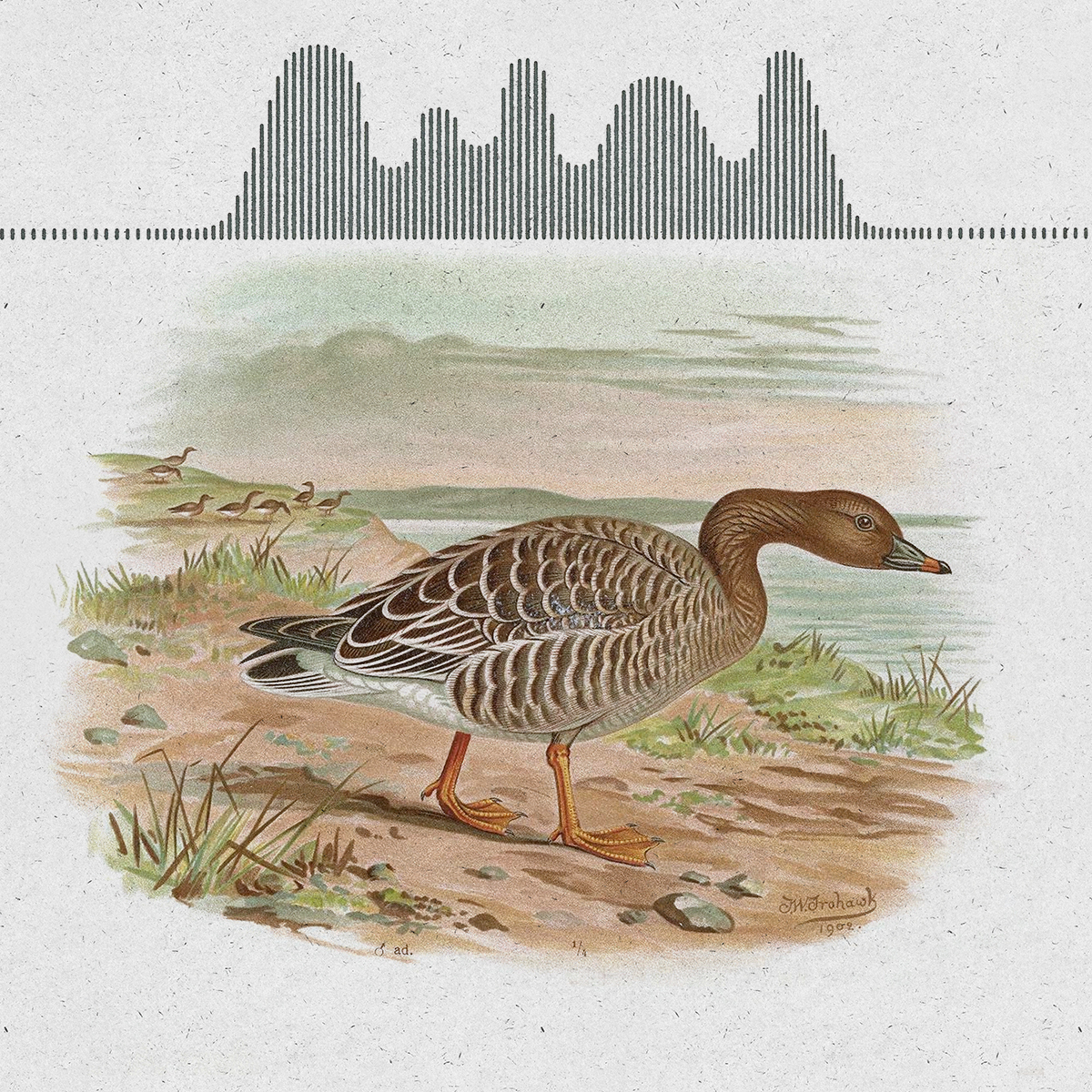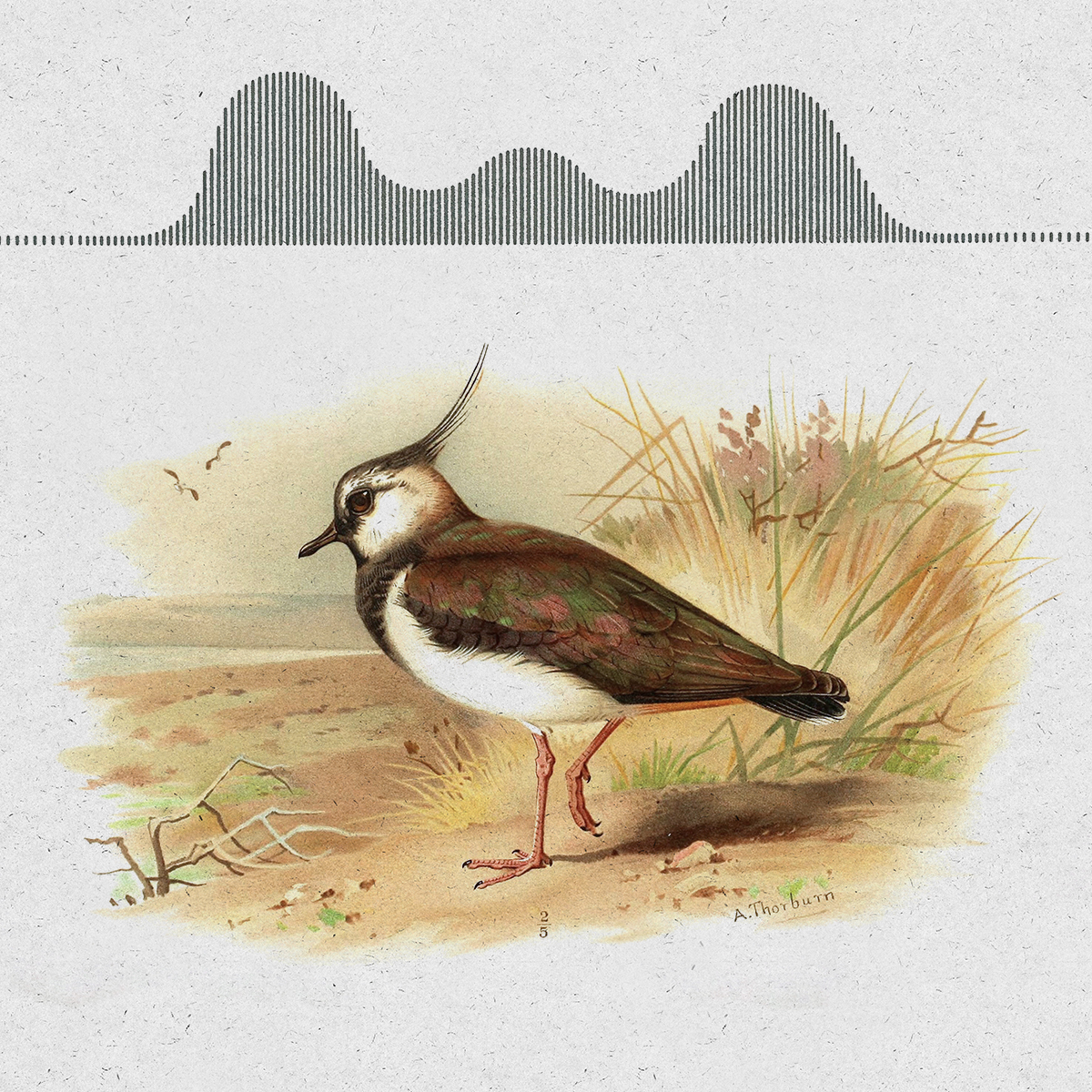Birds make all sorts of delightful sounds. These sounds also tell us about the state of nature. That is why there is reason for concern when we now hear less of these sounds than we used to.
![]()
Nature’s diversity is under threat, and more species than ever are at risk of extinction. A main cause is that we humans are taking up more and more space and alter the nature. To preserve nature’s diversity, we must protect more nature, restore destroyed nature, and make sure that species-rich cultural landscapes, do not become overgrown. In other words: We must give space to the sound of nature.
During 2024, the Natural History Museum will present the sound of some of the 62 endangered Norwegian bird species in selected areas in Tøyen and Grünerløkka. With this, we aim to raise awareness about nature's need for space so that we can restore the sound of a diverse and rich nature.
Part of "Make space for the sound of nature" is an exhibition at Tøyen subway station, where you can see birds that are currently endangered. Listen to these birds below:
Listen to endangered bird sounds
Eagle-owl Bubo bubo

Hoo-o. Simple and scary sound which can be heard at night. Threatened amongst other things by disturbances near their nesting areas, and collisions with power lines and wind turbines.
Taiga bean goose Anser fabalis

Kayak. Deep nasal honking sound. Threatened amongst other things by infrastructural development and forestry near nesting areas.
Lapwing Vanellus vanellus

Wee-oo-way. Sounds as if someone is twiddling the knobs on a synthesizer. Threatened by intensified agricultural practices, like mowing which makes them especially vulnerable during the breeding season.
What is the issue?
Norway's and the world's biodiversity is under pressure, with more species than ever before being endangered. One of the main reasons for this is that humans are taking up an increasing amount of space. We alter the habitats of species by building roads, industries, and cabins, clear-cutting forests, and allowing cultural landscapes to become overgrown. Today, there are 2,752 endangered species on the red list in Norway, and 44,000 globally.
What is the solution?
If we are to preserve biodiversity, our livelihood, we must stop destroying nature as we currently do. Valuable and threatened natural areas must be protected, destroyed nature must be restored, and diverse cultural landscapes must be managed to prevent overgrowth. In order to know where we can build and where we cannot, and where conservation is most important, we need knowledge about which species and habitats exist where, and whether their populations are increasing or decreasing.
What does the museum of Natural History do?
-
Outreach
The museum is open all year to the public. Through exhibitions, events, guided tours, and educating pupils and kids, we communicate nature and the interplay between humans, biodiversity, and climate. -
Research
At the museum, researchers work to understand more about nature and its diversity. One of the museum's most important tasks is to map out the nature for what existed there before and what exists there now. This way, we get an overview of nature and how it changes over time. This helps provide a knowledge base for those who determine how nature should be managed. -
Collections
Museet har Norges største samling av naturhistoriske objekter med alt fra pattedyrskaller, villblomstfrø og gullklumper, til DNA- og verdens største arkiv med fuglespermier. Samlingene inneholder cirka 6 millioner objekter og fungerer som et arkiv over naturmangfoldet. Et arkiv som gjør det mulig å måle endringer i natur over tid, som mengden av tungmetaller eller plast.
The exhibition at Tøyen subway station has been created in collaboration with Sporveien
